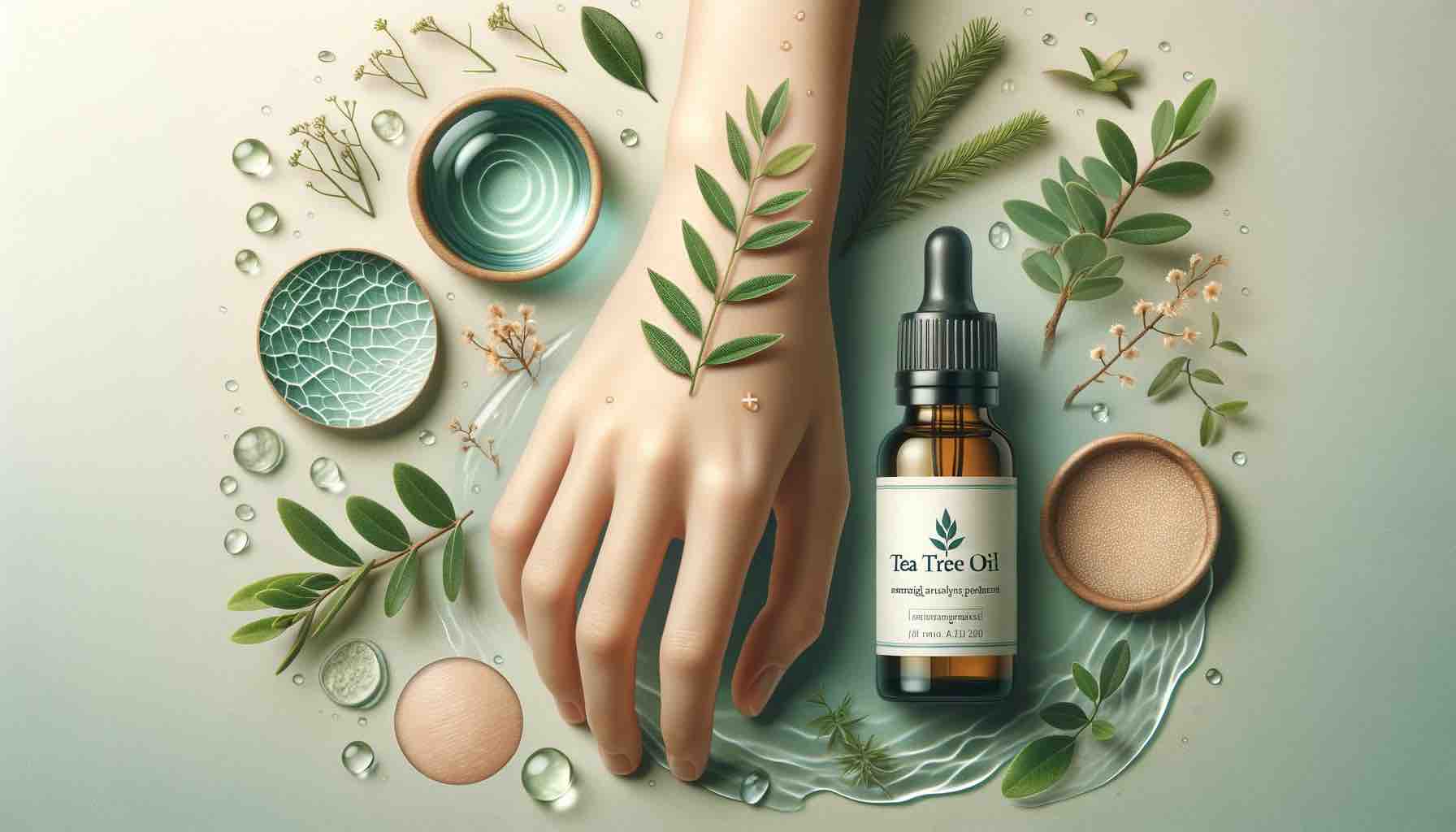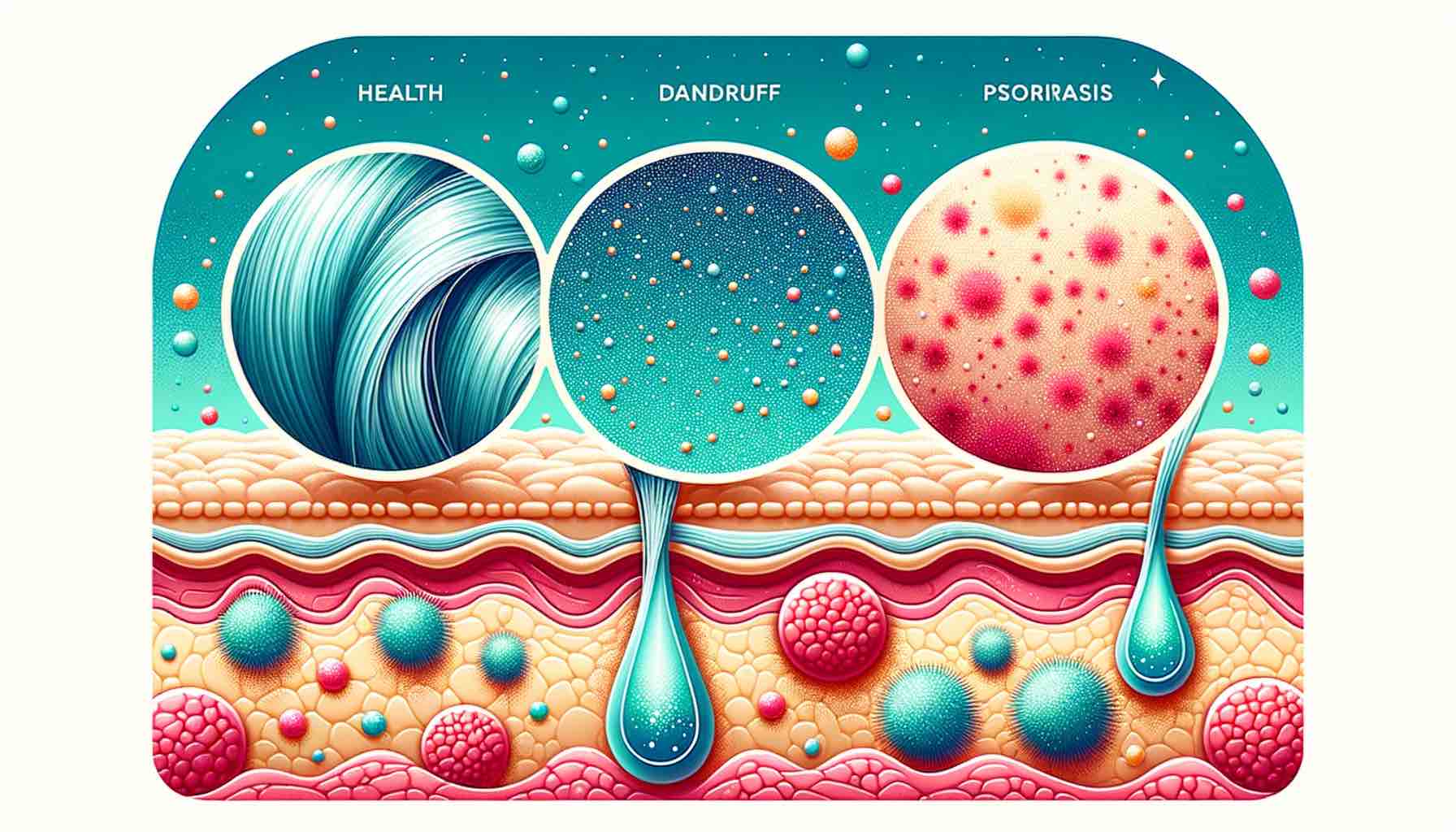
Tea tree oil, derived from the leaves of the Melaleuca alternifolia plant, has been used for centuries as a remedy for various ailments. Its potent antiseptic, antifungal, and anti-inflammatory properties make it a popular choice in the management of skin conditions, including eczema. But how effective is tea tree oil in managing eczema symptoms, and how can it be used safely and effectively?
Understanding Eczema and Its Triggers
Eczema, also known as atopic dermatitis, is a chronic skin condition characterized by dry, itchy, and inflamed skin. Various factors, such as allergens, irritants, and stress, can exacerbate eczema symptoms. Identifying and avoiding these triggers is crucial in managing the condition effectively.
Tea Tree Oil: A Natural Ally?
Tea tree oil’s anti-inflammatory and antimicrobial properties make it a potential ally in managing eczema symptoms. It may help reduce skin inflammation, alleviate itching, and prevent secondary skin infections due to its antimicrobial properties.
Safety and Efficacy in Eczema Management
Before considering tea tree oil as a remedy, it’s essential to understand its safety and efficacy. Not all natural remedies are automatically safe for everyone, and individual reactions can vary. When using tea tree oil, consider its concentration and the potential for allergic reactions or skin irritation.
How to Use Tea Tree Oil for Eczema
Tea tree oil can be used in various ways, such as in a bath, as a topical application, or mixed with other oils or creams. However, it’s crucial to use it correctly to avoid adverse reactions. Here are some ways to incorporate tea tree oil into your eczema management routine:
- In a Bath: Adding a few drops of tea tree oil to a warm bath can help soothe irritated skin. Ensure the oil is well diluted to prevent skin irritation.
- As a Topical Application: Tea tree oil can be mixed with a carrier oil, like coconut or almond oil, and applied directly to the affected areas. Ensure the mixture is well diluted, with only a few drops of tea tree oil per tablespoon of carrier oil.
- Mixed with Creams or Lotions: Adding a few drops of tea tree oil to your regular eczema cream or lotion can enhance its effectiveness. Ensure the oil is mixed well and applied as per the instructions.
Precautions and Considerations
While tea tree oil offers potential benefits, it’s also essential to exercise caution. Always conduct a patch test to ensure no adverse reaction occurs. Avoid using tea tree oil on broken or inflamed skin, and always dilute it before use. Consulting a healthcare professional before starting any new remedy is also advisable, especially for individuals with sensitive skin or those using other medications or topical treatments.
The Research Behind Tea Tree Oil and Eczema
Scientific research supporting the use of tea tree oil for eczema is limited but promising. Studies have shown that tea tree oil can effectively reduce skin inflammation and irritation due to its anti-inflammatory and antimicrobial properties. However, more extensive clinical trials are needed to establish tea tree oil as a definitive remedy for eczema.
Potential Risks and Side Effects
While tea tree oil can be a potent ally in managing eczema, it’s not without its risks. Some individuals may experience allergic reactions or skin irritation when applying tea tree oil. It’s essential to be aware of the potential side effects, such as redness, itching, or dryness, and to discontinue use if these occur.
Expert Opinions and Recommendations
Dermatologists and skin care experts often have varied opinions on the use of essential oils like tea tree oil for skin conditions. Some experts advocate for its use due to its natural antiseptic properties, while others urge caution due to the potential for skin irritation and allergies. Seeking professional advice tailored to your skin type and condition is always the best approach.
Further Reading
- Understanding Eczema and Its Triggers
Dive deeper into understanding what eczema is and what common triggers can exacerbate the condition. Read more - Exploring the Relationship Between Fruits and Eczema
Explore how different fruits can impact eczema and which ones to embrace or avoid for better management of symptoms. Read more - Navigating the Dietary Maze: Nuts and Eczema
Uncover the complexities of including various nuts in your diet when managing eczema and making informed dietary choices. Read more - Histamine Intolerance and Eczema: What’s the Connection?
Discover the link between histamine intolerance and eczema and learn how to manage the condition through dietary adjustments. Read more - The Role of Gluten in Eczema
Explore the intricate relationship between gluten and eczema and how gluten sensitivity can influence eczema’s severity. Read more - Tea Tree Oil Uses for Eczema
Learn more about how tea tree oil can be a potent ally in managing eczema symptoms and promoting skin health. Read more - Sugar’s Impact on Eczema
Delve into understanding how sugar consumption can affect eczema and ways to manage your sugar intake for better skin health. Read more - Alcohol and Eczema: The Beer Connection
Understand how different alcoholic beverages, like beer, can influence eczema symptoms and flare-ups. Read more
Each of these articles offers valuable insights and detailed information that can help in understanding and managing eczema better through various approaches, including dietary adjustments and natural remedies.
Conclusion: Weighing the Pros and Cons
Tea tree oil presents a natural alternative for managing eczema symptoms, with its anti-inflammatory and antimicrobial properties. However, it’s essential to weigh the benefits against the potential risks, such as skin irritation and allergies. Individual responses to tea tree oil can vary, and a personalized approach, ideally under professional guidance, is recommended.
FAQs
- How does tea tree oil benefit eczema-prone skin? Tea tree oil is renowned for its anti-inflammatory and antimicrobial properties, which can help alleviate the symptoms of eczema such as itching and inflammation. It also helps in preventing infection in broken skin caused by scratching.
- Can I apply tea tree oil directly to my skin? It’s advisable to dilute tea tree oil with a carrier oil before applying it to the skin to minimize the risk of irritation or an allergic reaction. A patch test is also recommended to ensure that it doesn’t cause any adverse reactions.
- How often should I use tea tree oil for eczema management? The frequency of use can depend on the severity of your symptoms and how your skin responds to the oil. It might be beneficial to start with a few times a week and adjust based on your skin’s reaction.
- Is tea tree oil suitable for all types of eczema? Tea tree oil may be beneficial for various eczema types, but its suitability can depend on the individual’s skin condition and sensitivity. Consulting a dermatologist for personalized advice is recommended.
- Can tea tree oil be used in combination with other eczema treatments? Tea tree oil can be used alongside other treatments, but it’s essential to consult a healthcare professional to ensure that it doesn’t interfere with other medications or therapies you might be using.
- What should I do if I experience irritation after applying tea tree oil? If you experience irritation, it’s best to wash the affected area with water immediately and discontinue use. Consulting a dermatologist can provide guidance on alternative management strategies for eczema.
- Can tea tree oil be used for eczema in sensitive areas such as the face? Caution is advised when using tea tree oil in sensitive areas. Ensure it is adequately diluted, and avoid contact with the eyes and mucous membranes.
- Is tea tree oil safe for children and infants with eczema? The use of essential oils, including tea tree oil, in children and infants should be approached with caution. It’s best to seek professional advice to ensure it’s used safely and effectively.
- How should I store tea tree oil to maintain its effectiveness? Tea tree oil should be stored in a cool, dark place, away from direct sunlight to preserve its properties. Ensure the cap is tightly closed to prevent oxidation.
- Where can I purchase high-quality tea tree oil suitable for eczema management? Tea tree oil can be purchased from health stores, pharmacies, or reputable online retailers. Ensure it’s from a credible source to guarantee its purity and quality.
Blog Tags
tea tree oil, eczema, natural remedies, skincare, dermatitis, seborrheic dermatitis, essential oils, skin inflammation, eczema management













